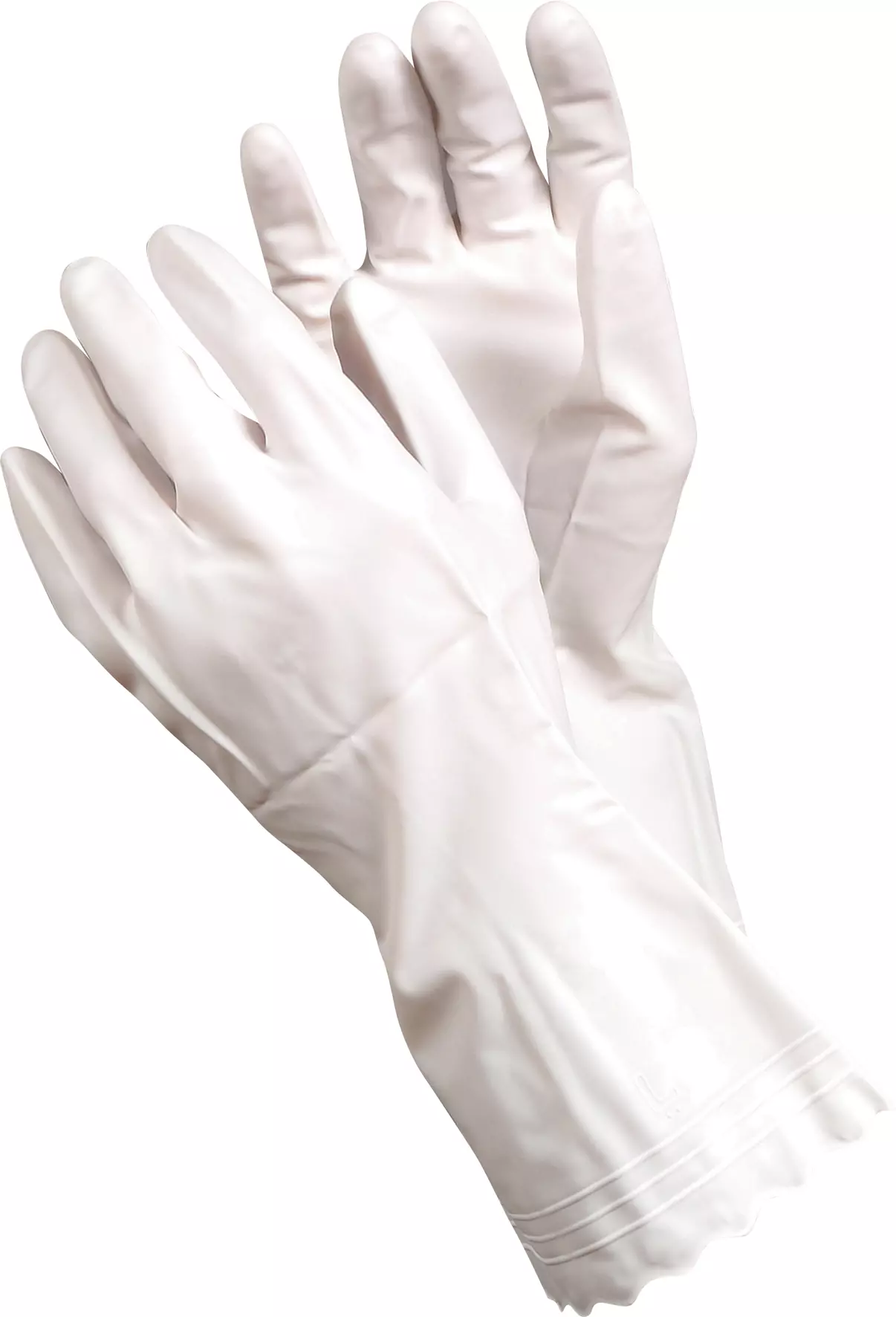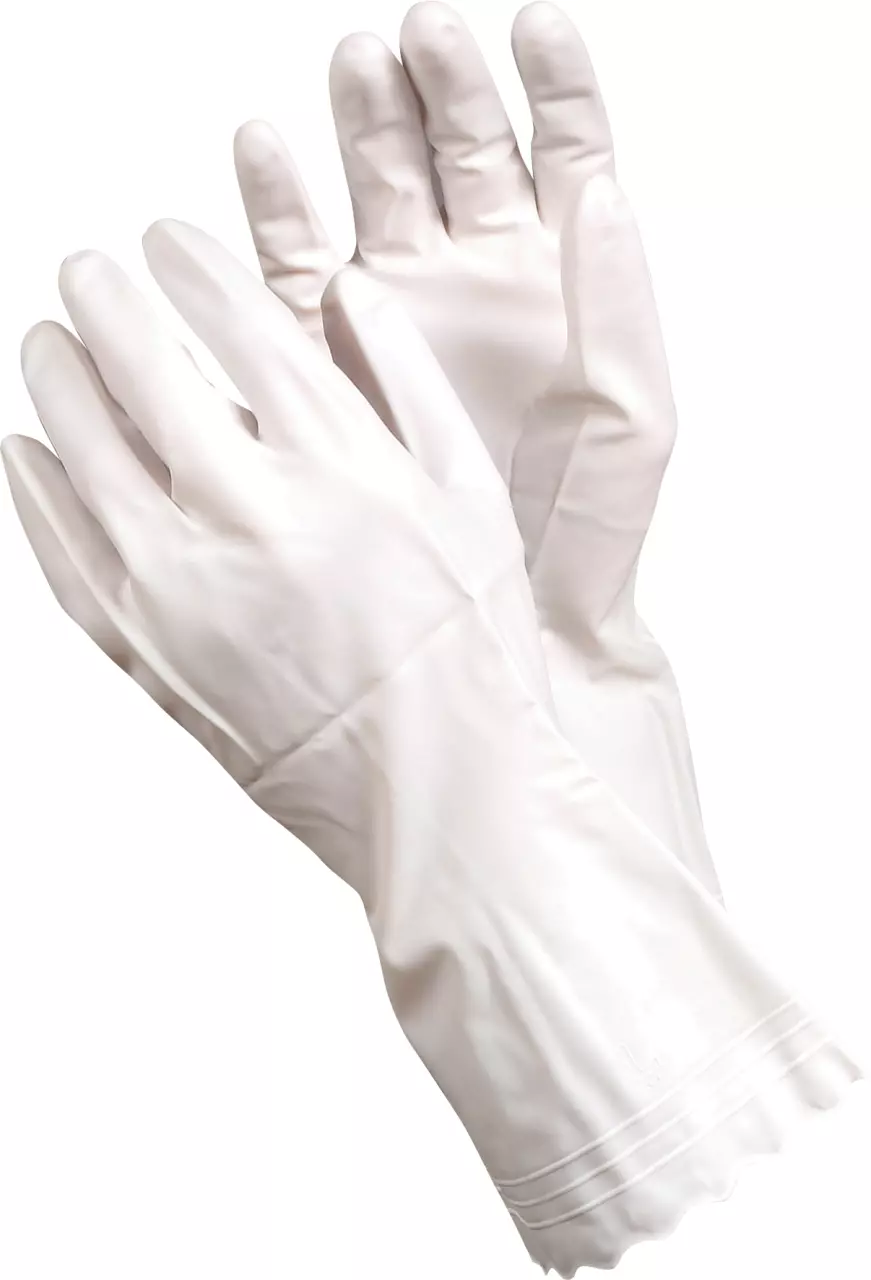
Features You'll Love

Cuff Style · Open
Determines how the glove secures around the wrist, affecting fit, protection from debris, and ease of putting gloves on and taking them off.

Glove Features · Extra Long
Extended cuff provides superior forearm protection from splashes, chemicals, and abrasions, keeping you safer and more confident.
Tegera
Chemical Protective Glove 8190, 10 pairs
Chemical Protective Glove 8190, 10 pairs
4.9 / 5
30,94 €
Price per 10 pairs
3,09 € / pair
Shipping fee is 7,94 € for orders under 80,00 €
Features You'll Love

Cuff Style · Open
Determines how the glove secures around the wrist, affecting fit, protection from debris, and ease of putting gloves on and taking them off.

Glove Features · Extra Long
Extended cuff provides superior forearm protection from splashes, chemicals, and abrasions, keeping you safer and more confident.
Product description
TEGERA® 8190, Chemical resistant glove, 0.25 mm PVC (Vinyl), does not contain phthalates, flat surface, sockless, Cat. III, does not contain phthalates, general purpose